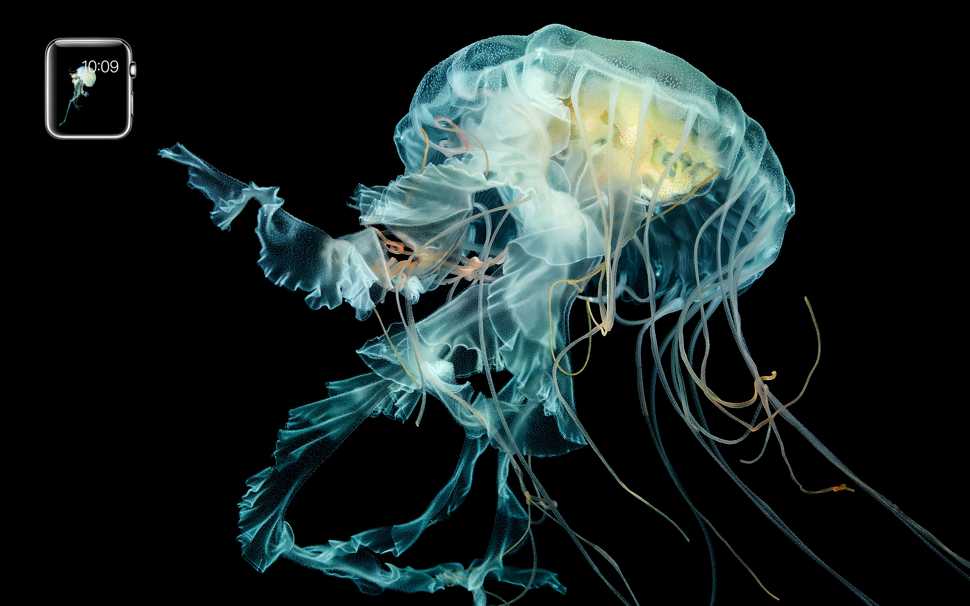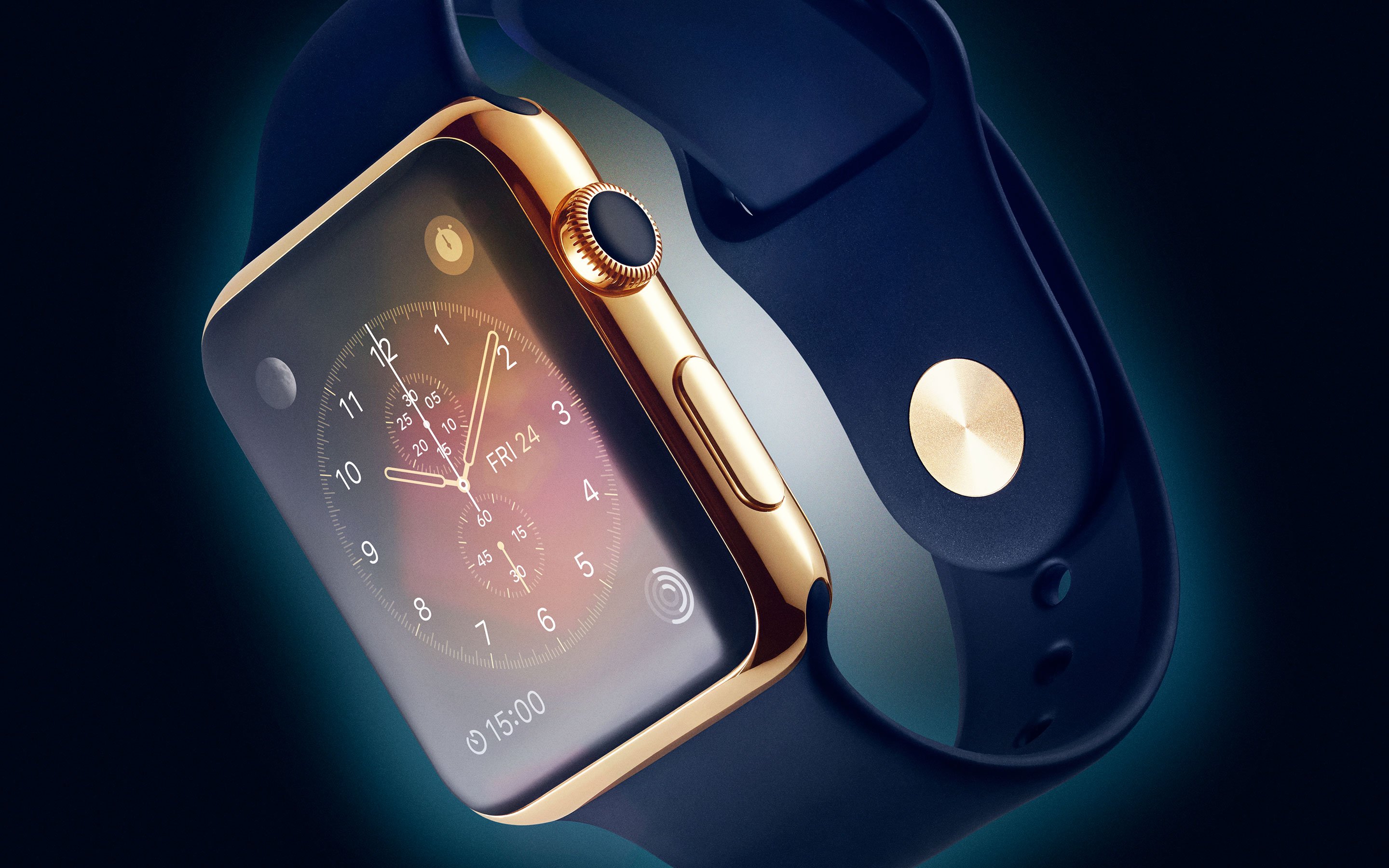Apple Watch este cel mai “hot” produs curent al companiei Apple si asta deoarece el este gandit pentru o categorie noua de utilizatori, iar Apple il promoveaza cu toata puterea sa in toate mediile, omul care a supervizat intregul proiect vorbind intr-un interviu detaliat despre conceptia ceasului si modul in care el a evoluat in 3 ani de zile. Kevin Lynch, un fost vicepresedinte al Adobe, a condus proiectul Apple Watch, iar inteviul incepe cu el spunand ca prima versiune a smartwatch-ului Apple a fost de fapt un iPhone prins la mana cu o banda de alergat, in baza interactiunii cu el fiind gandite primele prototipuri.
Ideea pentru interfata Apple Watch a luat nastere in timpul intalnirilor pentru a discuta design-ul iOS 7, prima interfata fiind similara cu cea a Pebble Time, insa cei de la Apple ar fi renuntat la idee deoarece modul in care trebuia utilizat ceasul nu oferea o experienta grozava pentru utilizatori, Apple luand decizia de a merge pe o alta cale. Lynch sustine ca interactiunile lungi cu ceasul erau o idee proasta, mainile utilizatorilor obosind dupa cateva zeci de secunde de urmarire a informatiilor pe ecran, astfel ca s-a luat decizia de a dezvolta un mod mai simplu de intearctiune.
“It was all very understandable, but using it took way too long,” Lynch says. Also, it hurt. Seriously: Try holding up your arm as if you’re looking at your watch. Now count to 30. It was the opposite of a good user experience. “We didn’t want people walking around and doing that,” Dye says.
Software-ul in baza caruia functioneaza Apple Watch a trecut prin 3 schimbari majore, focusul fiind pe actiuni care pot fi indeplinite in cateva secunde, o multitudine de functii fiind eliminate doarece necesitau prea multa interactiune cu produsul. Practic Apple vrea ca utilizatorii sa foloseasca Apple Watch timp de doar cateva secunde la fiecare actiune, iar sistemul de haptic feedback joaca un rol foarte important aici pentru a le oferi utilizatorilor o idee in legatura cu informatia pe care urmeaza sa o vada, inginerii Apple dezvoltand sistemul timp de 1 an de zile sub conducerea lui Jony Ive.
Apple tested many prototypes, each with a slightly different feel. “Some were too annoying,” Lynch says. “Some were too subtle; some felt like a bug on your wrist.” When they had the engine dialed in, they started experimenting with a Watch-specific synesthesia, translating specific digital experiences into taps and sounds. What does a tweet feel like? What about an important text? To answer these questions, designers and engineers sampled the sounds of everything from bell clappers and birds to lightsabers and then began to turn sounds into physical sensations.
Apple a testat o multitudine de prototipuri ale Apple Watch, unele potrivite, unele enervante, unele prea subtile, unele prea evidente, totul pentru ca in final inginerii sa realizeze ca utilizatorul trebuie sa simta notificarea pe care o primeste pentru a sti daca trebuie sa se uite la ceas sau nu. Sistemul de feedback tactil este combinat cu sunetele care sunt specifice fiecarui tip de notificare sau mesaj, astfel ca utilizatorul nici macar nu va privi ceasul fara a sti exact ce urmeaza sa vada pe ecranul sau, astfel ca se evita utilizarea inutila.
Mai departe trecem la optiunile de personalizare, acestea fiind un punct central al proiectului de la bun inceput, Apple schimbandu-si strategia obisnuita pentru ceas, punand accent extrem de mare pe accesoriile care urmeaza sa fie disponibile pentru el si care vor conta extrem de mult pentru viitorii sai clienti. Detalii suplimentare veti gasi in interviul exclusiv dat de catre Lynch unei publicatii americane si va recomand sa il cititi daca doriti sa aflati informatii suplimentare despre cea.























